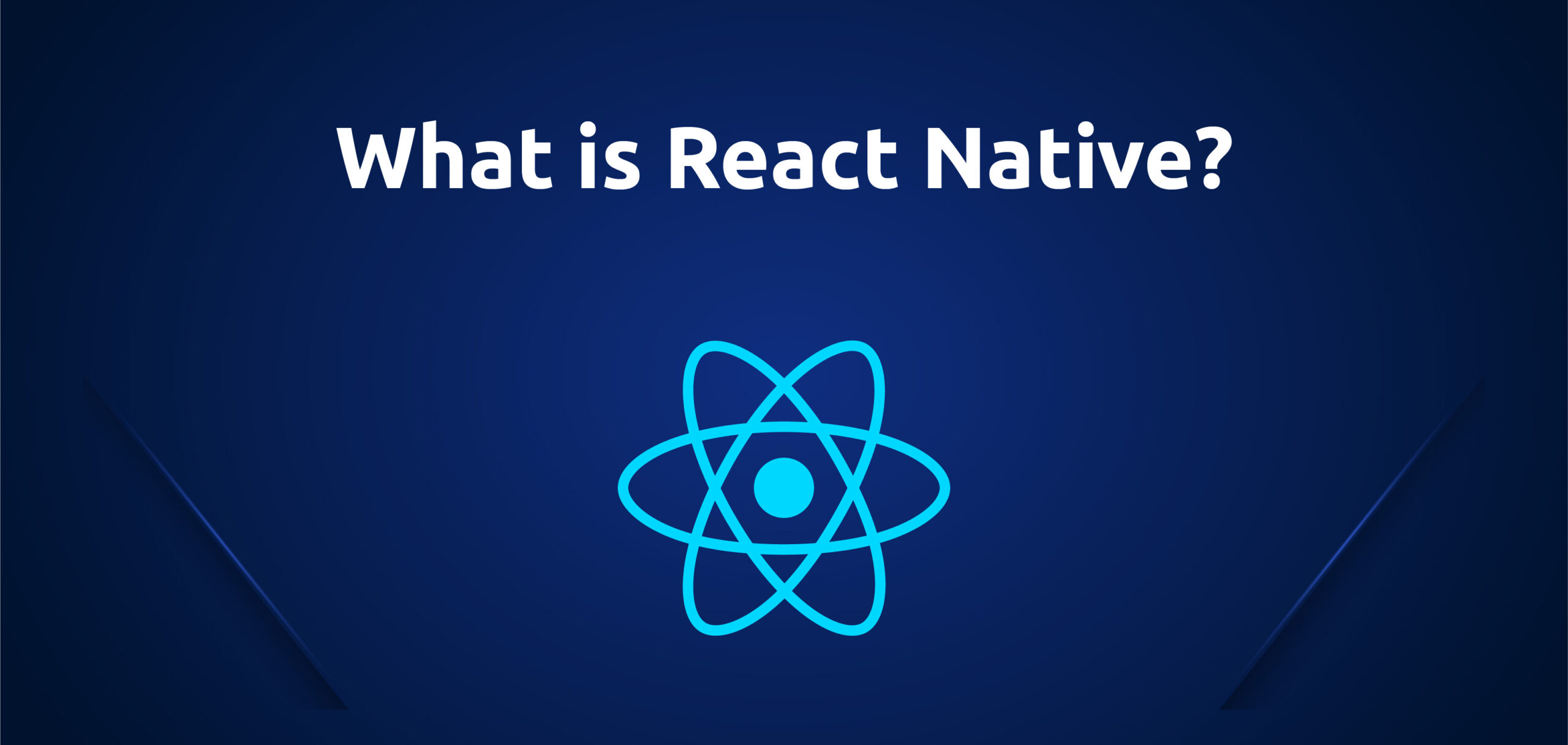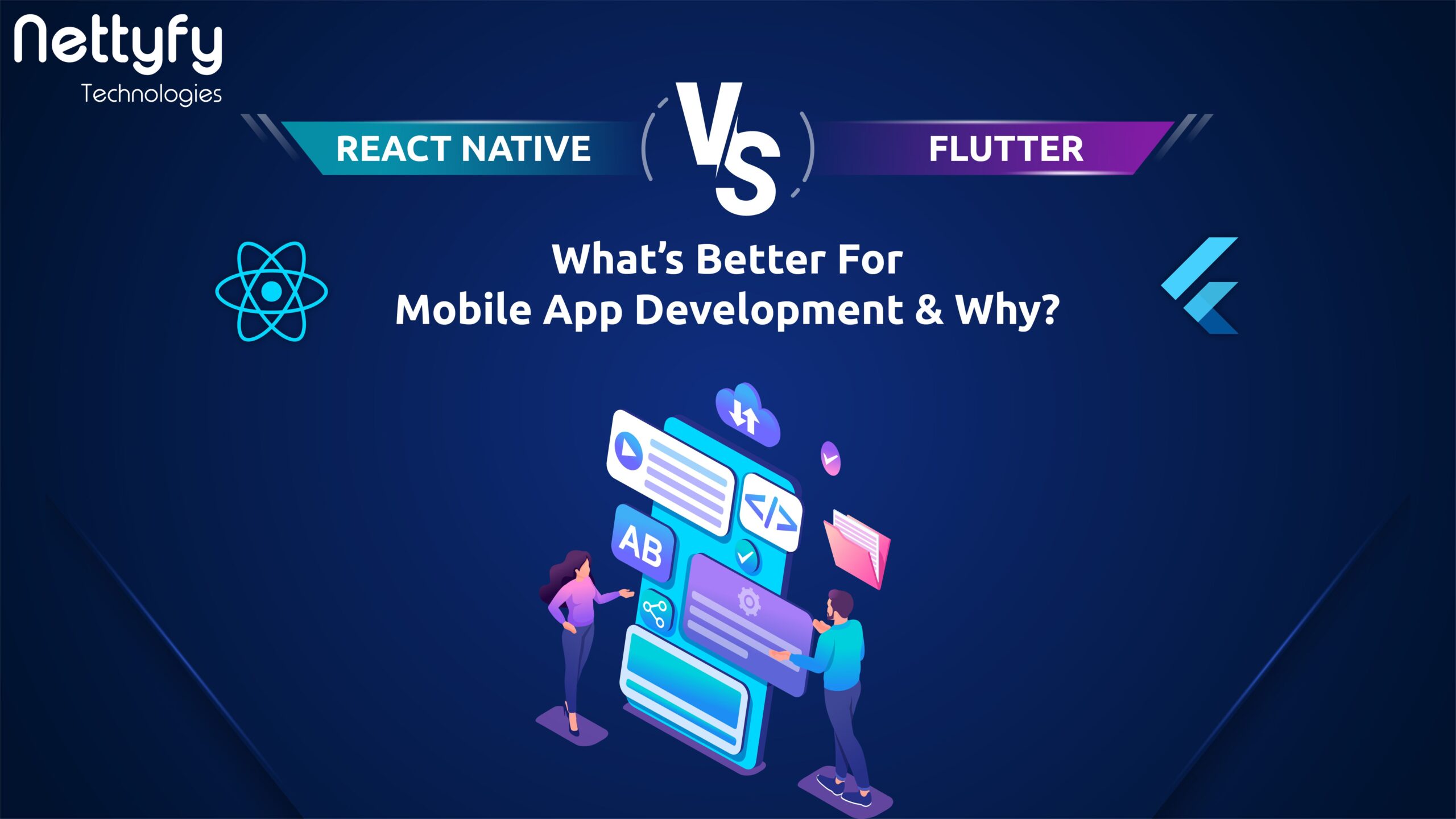Smartphones are becoming more and more reliable nowadays. In every sector of the world, the use of smartphones has made it easier to function more effectively. But what drives the popularity of these smartphones? The apps, which are present within the device or are offered by various app stores around the world, are the driving force of these devices. Every app contains some specific functions and is assigned to perform specific tasks.
The reliability of these apps depends on the quality of service they provide to their customers. Flexible, easy-to-use apps are the most popular ones, whereas complex ones rank at the bottom of the list. To make an app handy for customers, it is essential to recommend a good app-building platform. This platform will provide the developers with several opportunities which they can make use of in an effective way. Two of the most renowned app-building platforms are flutter and react-native which can be obtained from a custom web and Mobile App Development Company.
Although both of them vary in their features and programming, the result has always been satisfactory to most app developers. It is for this reason that the developers get confused about which to choose. So, in the lines described below, it has been tried to give a clear idea of both the platforms.
What is a flutter?

Google created the cross-platform framework known as Flutter. With just one codebase, it can produce cross-platform applications. It implies that distinct web, mobile, and desktop apps are not required to be created. With Flutter, a single tool that makes it simple to create apps has emerged.
It is essential to provide distinct code files for the Android and iOS operating systems when using Flutter. It only occurs, though, when an app needs more intricate UI elements. Flutter, however, has access to several third-party UI libraries with pre-built components. This allows for a shorter development period.
The documentation for Flutter is renowned for being highly organized and having all the answers. Many people still favour Flutter because of the documentation, despite the slow rate of development. The fact that you have to go to a website every time you want to check something is perhaps the single downside of the Flutter documentation. However, from a different angle, the website’s documents are so thoughtfully organized that the problems are hardly evident.
Benefits:
● Widget facility: Flutter App Development is very rich in developing widgets and provides a variety of layouts and features in the widgets. This makes the widgets diversified to a certain level.
● Documentation: For the well-structured documentation of Flutter, most developers prefer this platform for app building.
● Permanency: Whenever it comes to web development, Flutter maintains a permanent record in this regard.
● Reliable: Apps that are developed from Flutter require less testing. This helps them to gain a sense of reliability among the developers as well as the users of the apps.
● Fast functioning apps: It benefits the developers as well as the users with the functioning of an app that works at a faster rate without succumbing to malfunctions.
Drawbacks:
● Large size: The apps which are developed by the app consist of larger size.
● Limitation of tools: There are limited sets of tools and libraries that constrict the diversification of apps.
What is React Native?

This is another well-known cross-platform framework created by Facebook employees. On React Js Development, React Native is built. It uses JavaScript to build iOS and Android mobile applications. It permits utilizing a single codebase to create an app in addition to Flutter.
React Native is renowned for its quick development times and the availability of a few third-party UI libraries with pre-built components that help developers save time. Additionally, it makes it possible to instantly deliver new functionality to platforms that are supported, which also takes less time. A developer can make fast adjustments and see the results right away because of its hot reload capability.
Benefits:
● Mono-codebase: There are limited sets of tools and libraries that constrict the diversification of apps.
● Usage of JavaScript: React Native has access to the top JavaScript Development Company.
● Support: A developer can get active support while working with React Native.
● Time-Saving: One can avoid consuming a greater amount of time while testing the apps.
● Speed: When considering the speed of app development, React Native is the most suitable one.
● Cost-Saver: React Native can be profoundly regarded as a cost-saver in app development.
Drawbacks:
● One can get a limited choice while developing apps.
● The UI that is created is comparatively weak and is not reliable at certain times.
● There are some additional components which facilitate the app to develop which are missing in React Native.
CONCLUSION:
So, in a nutshell, it may be said that there are several similarities between React Native and Flutter. The issue is that none of them are native, consequently affecting the development. However, all drawbacks are mitigated by expert assistance and libraries. So, it would be better to take the help of professionals like Nettyfy Technologies, who will guide a developer to go for the best choice.
